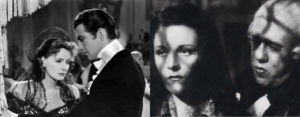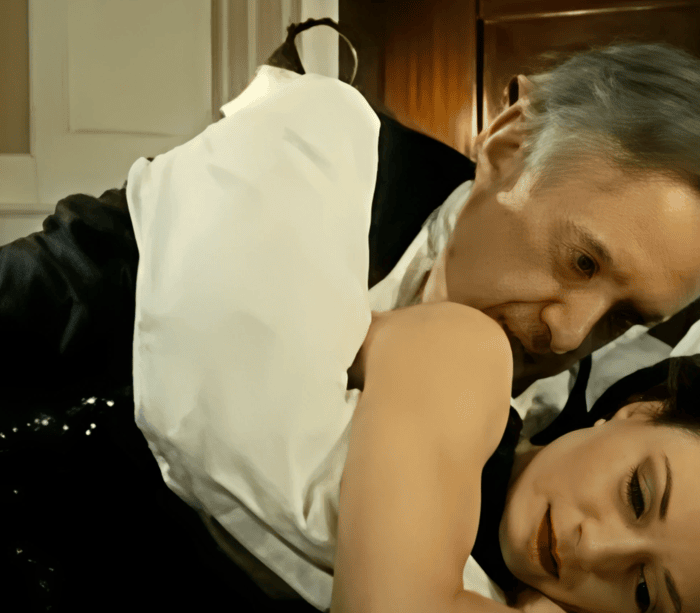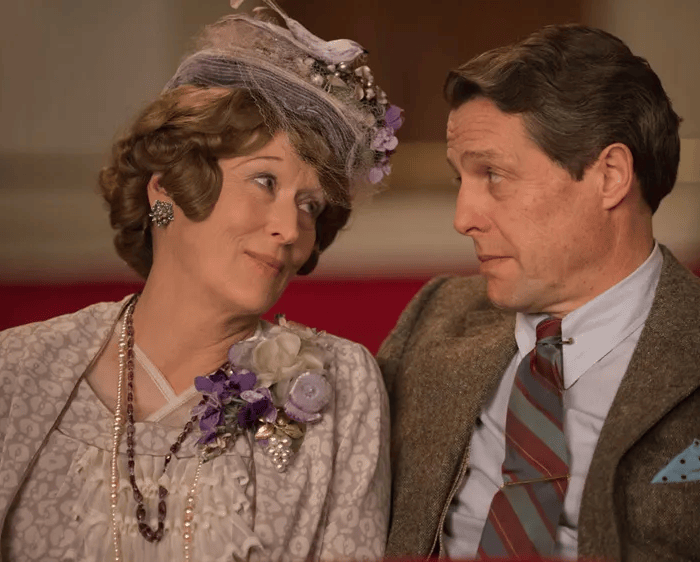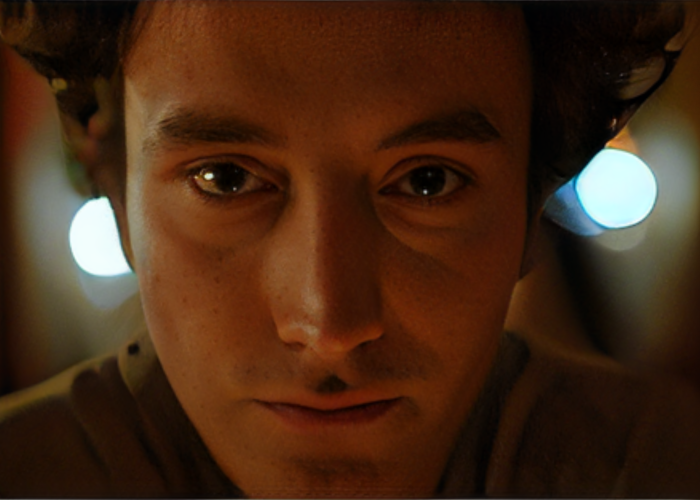
Watch This Before the Metropolitan Opera’s ‘La Traviata’ & ‘Tosca’
By Francisco SalazarAs the Metropolitan Opera enters October, three new productions will open and as we pointed out in the first article of this series, entering into opera out of the blue can be a daunting task. Some works are more well-known than others but even for those that have never been to the opera, those classics don’t have the same meaning as they do for traditional operagoers.
This month audiences will experience, Puccini’s Hitchcockian thriller “Tosca” performed by Aleksandra Kurzak, Britten’s “Peter Grimes” and Verdi’s popular “La Traviata.” Without a doubt two of these operas are iconic and among the most performed in the repertoire.
You may listen to the music for them, but cinema can offer a nice alternative. This month two of those operas have seen their original source material adapted for the silver screen and what’s more these two films contain many musical moments that will not only prepare you for what you will hear but will also put them into context.
Tosca
Tosca is one of the most iconic operas in the repertoire and one of those roles that every diva longs to sing. Every major soprano has put their stamp on the role and every major tenor has also brought down the house with the iconic “E Lucevan le Stelle.” But did you know that there is a film adaptation of the play by Victorien Sardou?
In 1941 Carl Koch directed an Italian historical drama film starring Imperio Argentina, Michel Simon, and Rossano Brazzi. The movie was originally set to be directed by Jean Renoir and was encouraged to make the film by the French government as part of an effort to encourage Italy to remain neutral in the Second World War. However, Renoir left Rome following Italy’s entry into the war and the movie was completed by Koch.
It was later released in the United States as “The Story of Tosca” and was shot at the Scalera Studios in Rome with location shooting also taking place around the city. The movie uses Puccini’s score which was adapted by Umberto Mancini and also features the iconic arias “Vissi d’Arte” sung by Maflada Favero and “E Lucevan le stelle” interpreted by Ferruccio Tagliavini. The movie was later released in Spain in 1943 where Imperio Argentina was a major star.
‘
Camille
Verdi’s “La Traviata” is based on one of the most famous Alexandre Dumas books “La Dame aux Camélias” and has been adapted for screen some 20 different times. The role of Marguerite Gautier has been played on screen by Sarah Bernhardt, María Félix, Clara Kimball Young, Theda Bara, Yvonne Printemps, Alla Nazimova, Greta Garbo, Micheline Presle, Francesca Bertini, Isabelle Huppert, and others.
But for this article, we will focus on the great Greta Garbo who interpreted the role in a 1936 film produced by Metro-Goldwyn-Mayer and directed by George Cukor. The screenplay by James Hilton, Zoë Akins, and Frances Marion went on to also star Robert Taylor, Lionel Barrymore, Elizabeth Allan, Jessie Ralph, Henry Daniell, and Laura Hope Crews. Like the Tosca films, Herbert Stothart is heavily influenced by Verdi’s “La Traviata” in its score using some of the most iconic melodies of the Italian composer.
For her interpretation of the tragic heroine, Garbo went on to receive an Oscar nomination and was also the winner of the Best Actress at the New York Film Critics. The movie is included in Time Magazine’s All-Time 100 Movies in 2005 and is also included at #33 in AFI’s 100 Years…100 Passions.
An alternative is Baz Luhrmann’s popular “Moulin Rouge” which is also a musical adaptation of the famed opera.
Categories
Opera Meets Film

